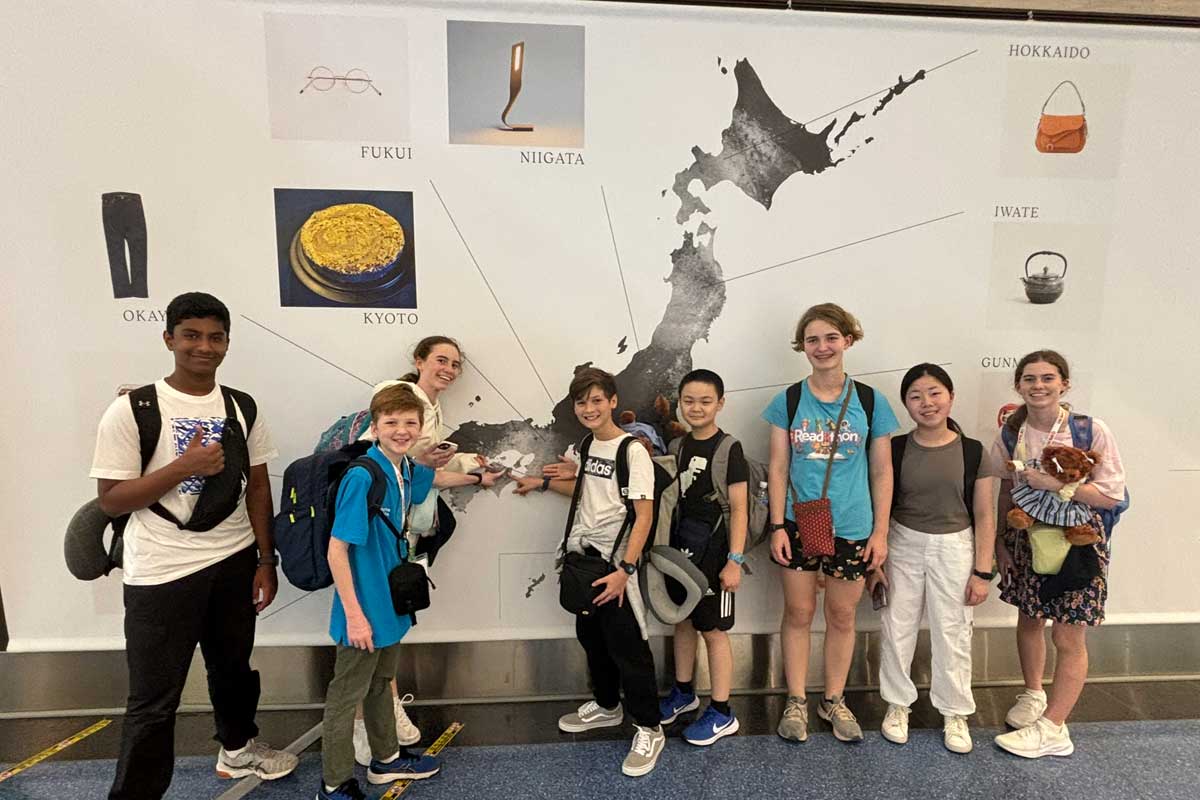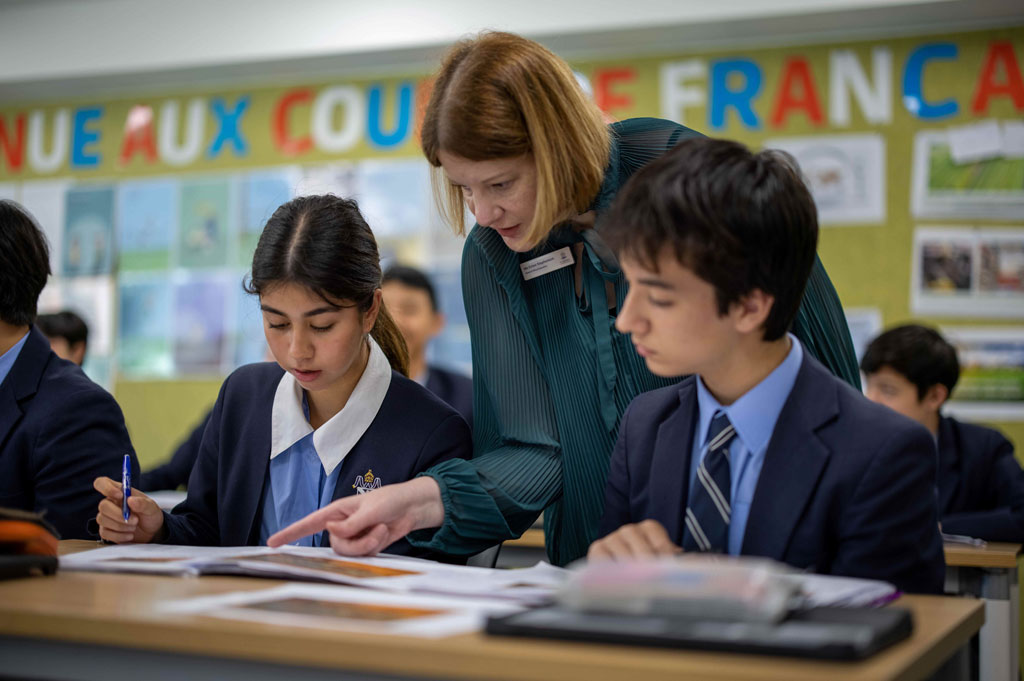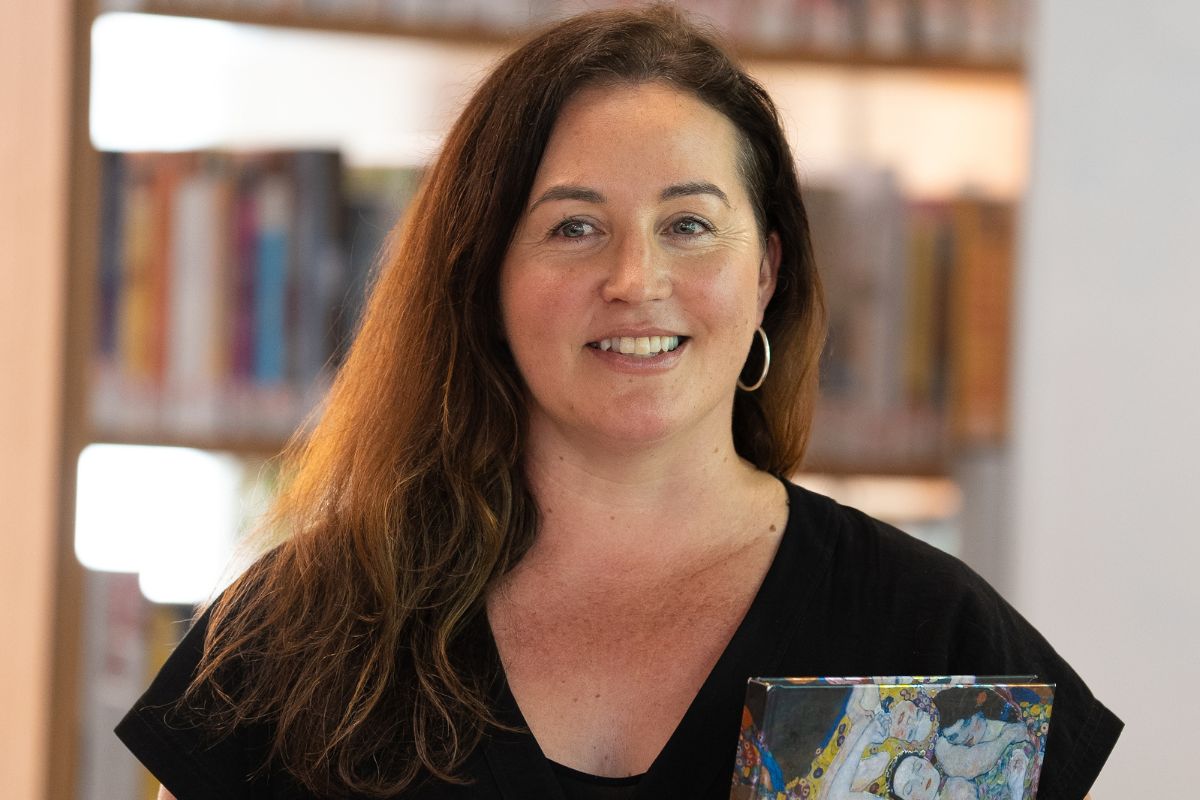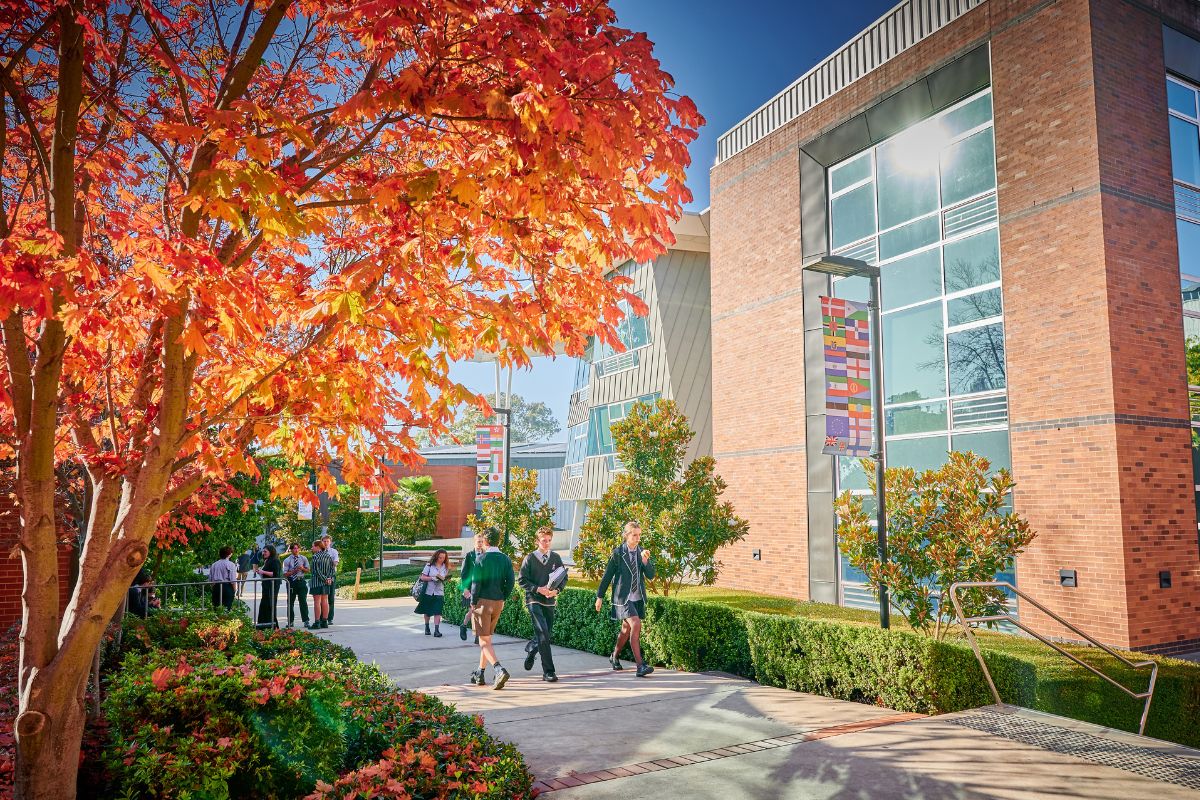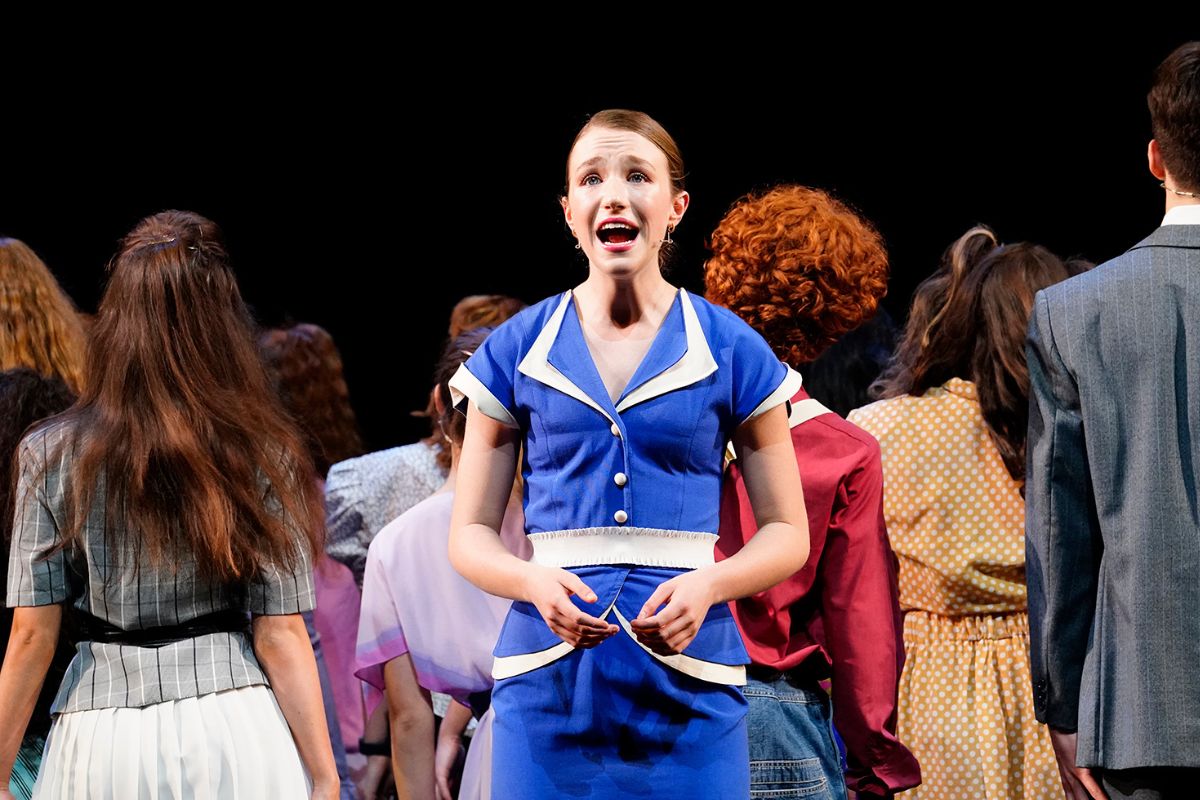How does outdoor learning contribute to a well-rounded education?
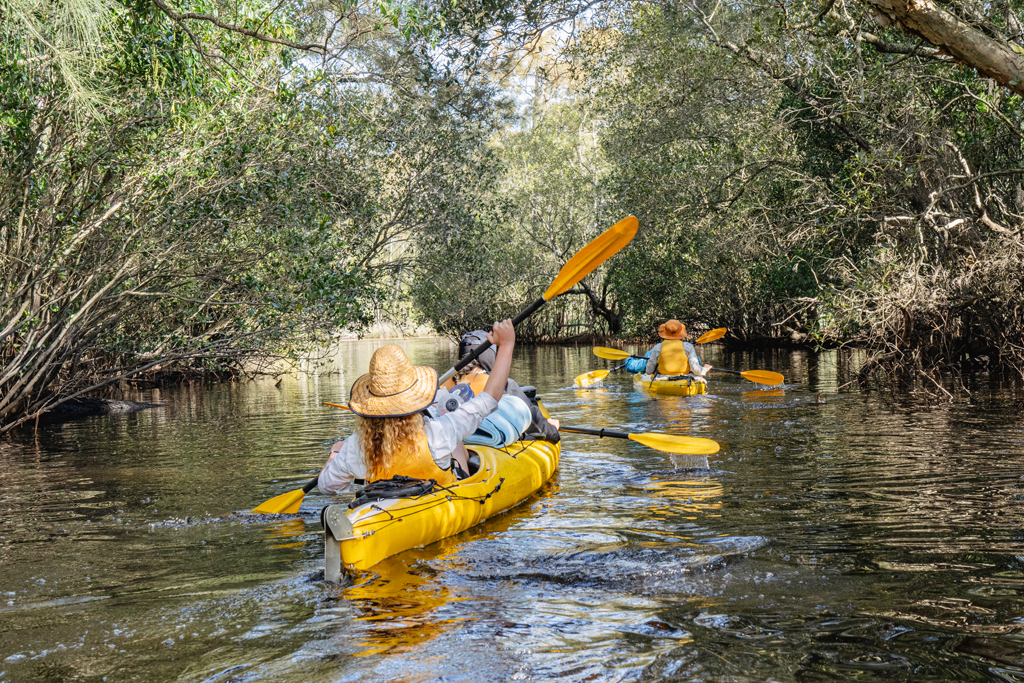
St Andrew’s Cathedral School offers a unique collaboration between a high-quality city-based education and exciting opportunities for outdoor learning. Students develop character through challenging physical, mental and emotional experiences and then take that learning into their classrooms.
The School’s Outdoor Education Programme is based at Kirrikee which is located in the Southern Highlands of NSW. Kirrikee acts as a base for the programme’s camps. Mr John Chapman, Head of Outdoor Education, says that “as a school in the heart of the city, the Outdoor Education Programme fosters student development that can’t be replicated in a classroom, but supports and enhances what is accomplished there”.
St Andrew’s Cathedral School recognises that genuine character development is established over time, and it is on this basis that the unique nature of the Outdoor Education Programme was built. Mr Chapman explains, “Our programme of camps is sequential by design so that the skills, challenges and experiences that start in Kindergarten gradually increase each year.”
For example, in the Junior School (K-6), students are introduced to outdoor learning through bush play, nature walks and short overnight stays at the School and Kirrikee. As students enter Middle School, the Outdoor Education Programme is used to knit existing St Andrew’s Cathedral School students with the incoming Year 7’s. The students embark on a five-day camp that encourages them to build new friendships and try new outdoor pursuits around Kirrikee, including caving, hiking, bush cooking and abseiling. By Year 9, students choose between canoeing the Murray River, cycling in the NSW High Country and Snow Camp where they brave the elements and camp above the snow line for five days.


And finally, by the time students are in Year 10, they are equipped with the necessary skills and mindset to endure the seminal ‘Kosi to Coast’. On this unforgettable and character defining expedition, students are challenged to climb to the heights of Mount Kosciusko, camp, trek, cook and canoe over a period of 20 days, as they make their way down to Bass Strait.

Upon returning from their Outdoor Education trips, classroom teachers notice the profound changes in students over time, as they are exposed to character building outdoor learning experiences beyond the classroom and incorporate their newfound maturity into daily practices. These changes are also highly regarded by parents, where one Year 10 parent recently noted,
“The Outdoor Education Programme provides one of the only opportunities our young people will have to move out of their comfort zone, to develop independence away from the structure of their daily routine and strengthen their skills of social interaction. Students learn more about themselves and more about their peers when in this new learning environment”.
These new learning environments support student growth throughout their educational journey at the School. Ex-student Dylan Nguyen (OA2021) is a prime example of this. Dylan experienced the consequences of NSW’s 2019 summer of bushfires on his Year 10 ‘Kosi to Coast’ trip, causing the trip to end prematurely. He says, “As we were leaving the scene of the bushfire, we passed by a small rural school, at which point I realised, unlike us, the kids going to the school couldn’t exactly pack-up a tent and leave”.
Sobered by the thought of what might lie ahead for the school, Dylan decided to put both his classroom knowledge and Outdoor Education knowledge into action. Dylan utilised his computer science skills to develop an award-winning web application called SatAlight to help the NSW Rural Fire Service categorise land area according to bushfire risk.
“The number one skill I needed to create SatAlight was just being able to stick with it. I had to persevere to get the project done…. Having that experience from my 20-day motivated me to keep at it”.
To learn more about Dylan’s story visit our website: www.sacs.nsw.edu.au/DylanStory
To learn more about St Andrew’s Cathedral School’s distinct approach to teaching and learning, please join one of our Head of School Tours.
To book your place, visit: www.sacs.nsw.edu.au/HOSTour2024

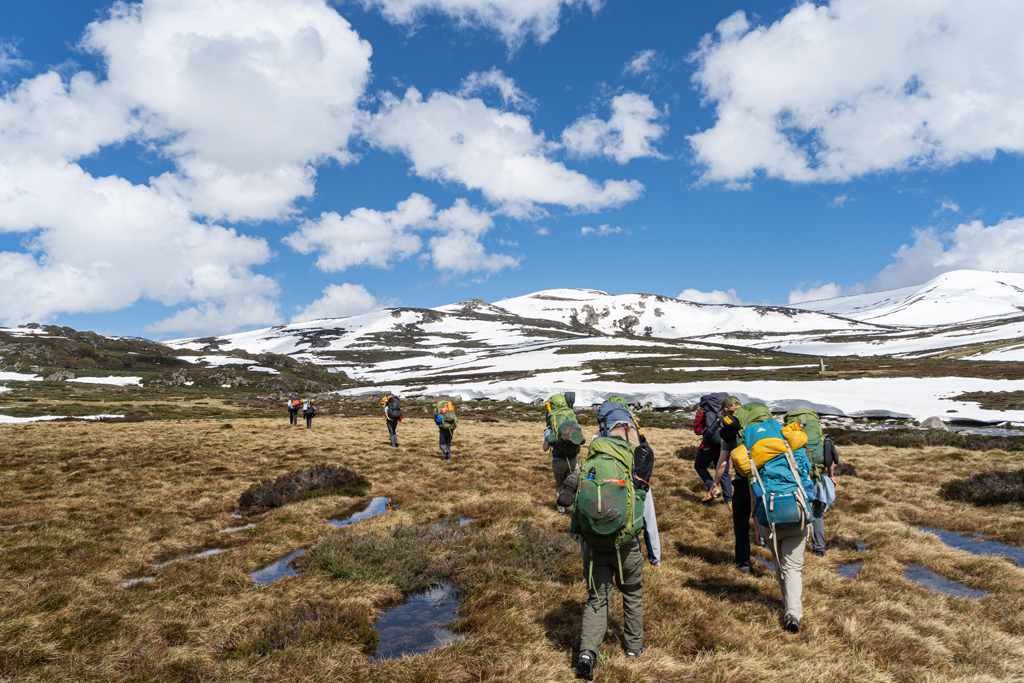
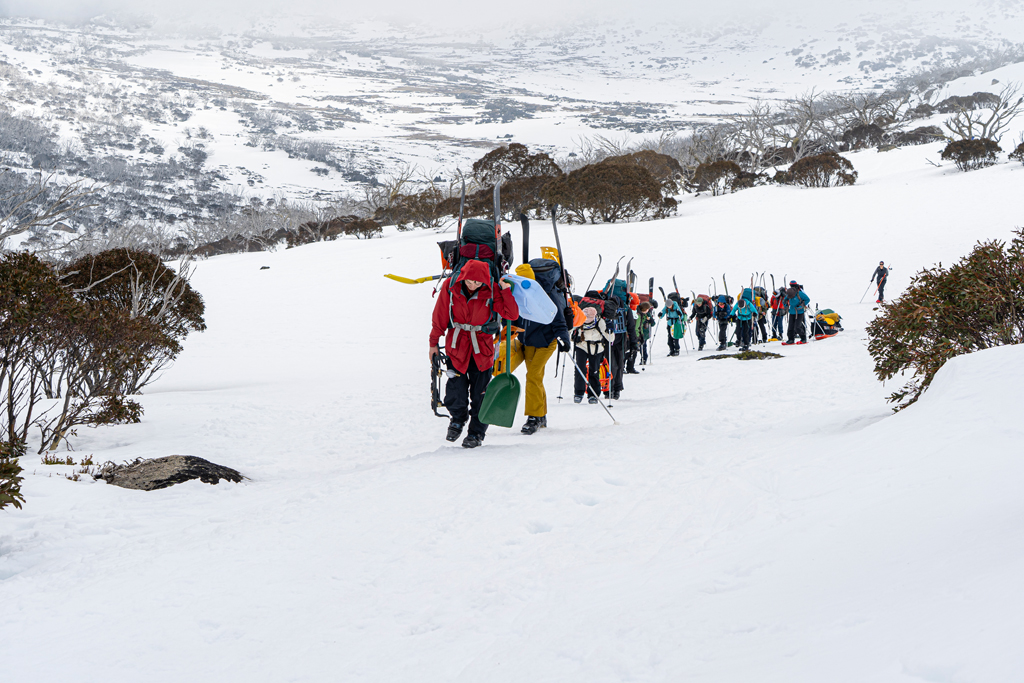
Published by: ST ANDREW’S CATHEDRAL SCHOOL, SYDNEY
Located in the heart of Sydney’s CBD, St Andrew’s Cathedral School is an innovative, co-educational day school, providing students from […]
- 9286 9500

